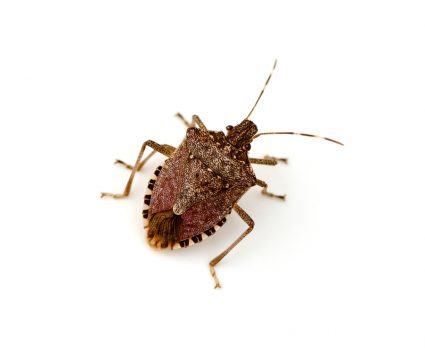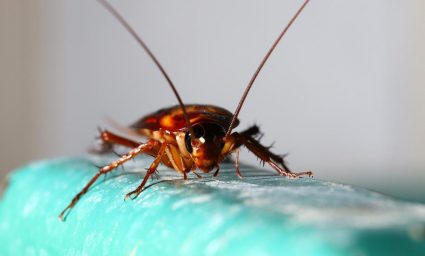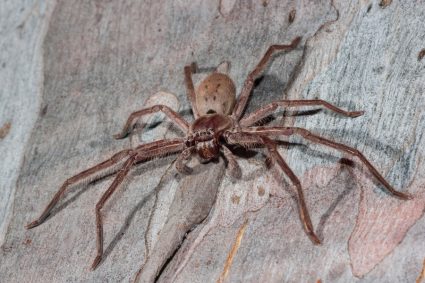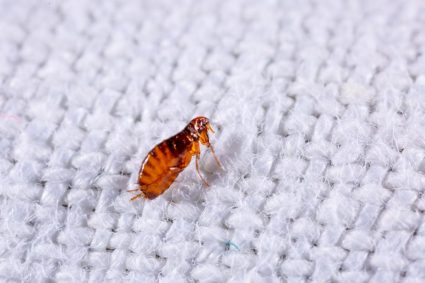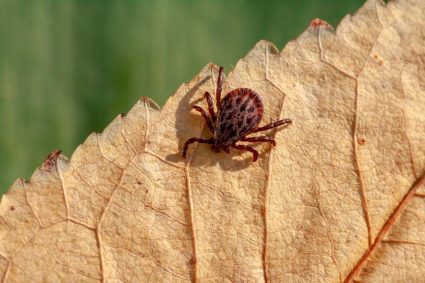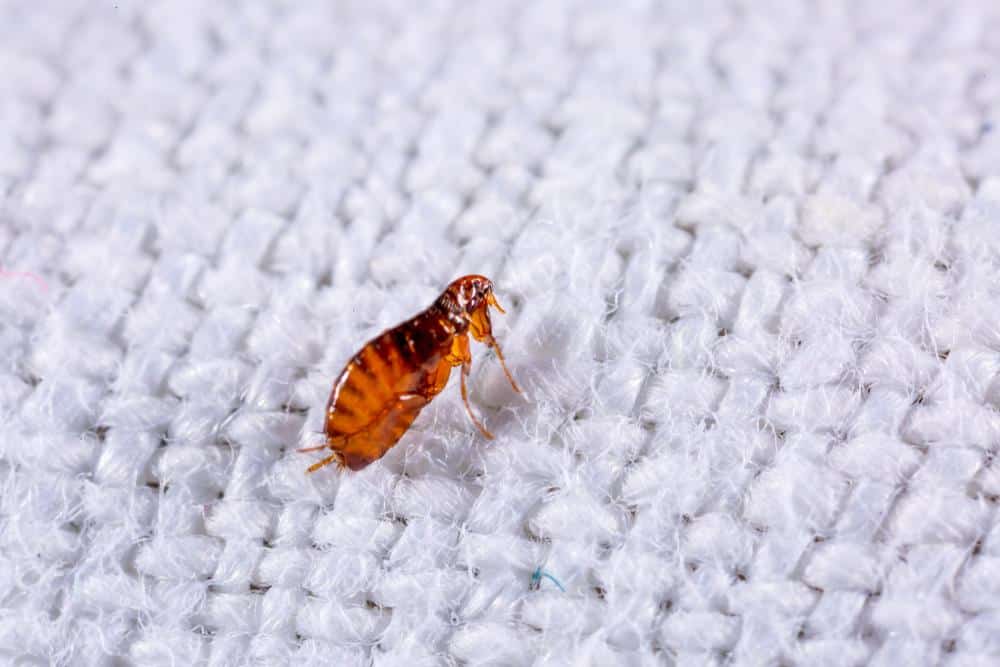
Fleas are a common nuisance for pet owners in Tennessee. Despite being tiny, these little pests can cause a whole host of problems, from irritating bites to serious diseases. But when do these pesky critters really become a problem? In this article, we’ll delve into the details of when fleas come out in Tennessee, the factors that contribute to their population growth, and how you can prevent an infestation in your home.
Fleas in Tennessee are active all year round, but their activity peaks during the warmer months, specifically from spring to fall. The flea season typically begins in April and could last until October or even November, thanks to the state’s mild winters. The optimal temperature for fleas ranges from 70° to 85°F, with a humidity of around 90%.
The Flea Seasons in Tennessee
In Tennessee, fleas are active all year round. However, their activity peaks during the warmer months, specifically from spring to fall. The optimal temperature for fleas ranges from 70° to 85°F, with a humidity of around 90%. In Tennessee, the flea season typically begins in April and could last until October or even November, thanks to the state’s mild winters.
The Influence of Tennessee’s Climate on Flea Activity
The warm and humid climate of Tennessee during spring, summer, and fall is ideal for fleas. Fleas thrive in these conditions, leading to an increase in their populations. Fleas cannot survive for long in direct sunlight, so they tend to seek shaded areas with moisture, such as tall grass, bushes, and shrubs. To help prevent flea infestations, keep your grass trimmed regularly and maintain shaded areas free from overgrown vegetation.
Common Fleas in Tennessee
The most common types of fleas found in Tennessee are the cat flea (Ctenocephalides felis) and the dog flea (Ctenocephalides canis). These small, reddish-brown insects can cause irritation and transmit diseases to both pets and humans.
The Flea Life Cycle in Tennessee
Understanding the flea life cycle is crucial for effective prevention. Fleas have four developmental stages: egg, larvae, pupa, and adult. During colder months, flea pupae can stay in their cocoons until the weather gets warmer or a host comes along.
As the weather warms up, flea eggs hatch, leading to an increase in flea populations. During the spring, summer, and fall, fleas can become a nuisance due to their increased numbers.
Signs of Flea Infestation
Common signs of a flea infestation include pets scratching more than usual, itchy, red bug bites on humans, hair loss in pets due to excessive scratching, and the presence of flea dirt (feces) in pets’ fur.
Factors Contributing to Flea Infestations in Tennessee
Several factors contribute to the high risk of flea infestations in Tennessee. These include the state’s warm and humid climate, pets bringing fleas into homes, wildlife carrying fleas into residential areas, fleas’ high vertical jump, and socioeconomic factors.
Preventive Measures Against Flea Infestations
Preventive measures include regular grooming of pets, treating pets with veterinarian-recommended flea preventives, maintaining your yard, vacuuming frequently, reducing moisture in your yard, keeping rodents away, and using veterinarian-approved flea and tick prevention medication on pets.
Natural Remedies
Natural remedies such as herbal flea spray, plants that repel fleas, essential oils, diatomaceous earth, coconut oil, apple cider vinegar, lemon spray, vacuuming and steam cleaning, and washing pet bedding can also help prevent flea infestations.
Recent Trends in Flea Activity in Tennessee
In recent years, there has been an increase in flea activity in some parts of Tennessee. Pet owners and veterinary professionals can access 30-Day Parasite Forecast Maps and daily Flea Forecasts at www.petdiseasealerts.org to monitor and manage flea activity.
In conclusion, while fleas in Tennessee can be a nuisance, understanding their life cycle, identifying the signs of an infestation, and taking preventive measures can help you keep these pests at bay.
Frequently Asked Questions
What diseases can fleas transmit?
Fleas are known to transmit several diseases to both pets and humans, including flea-borne typhus, cat scratch disease (Bartonella), and plague. They can also transmit tapeworms to pets.
Can fleas survive the winter?
Yes, fleas can survive the winter. While they are less active during the colder months, flea pupae can stay in their cocoons and wait for warmer weather or a host to come along.
How high can fleas jump?
Fleas are known for their impressive jumping abilities. They can jump vertically up to 7 inches and horizontally up to 13 inches. This makes it easy for them to jump onto pets or humans.
How often should I treat my pet for fleas?
It’s recommended to treat your pet for fleas year-round for the best protection. The frequency of treatment can depend on the product you’re using and your vet’s recommendations. Always consult with your vet before starting any flea preventive measures.
Can fleas live on humans?
While fleas can bite humans, they prefer to live and breed on animals. Fleas cannot live on human skin for extended periods as they cannot reproduce without the blood of their preferred host, which is typically a pet like a dog or cat.

